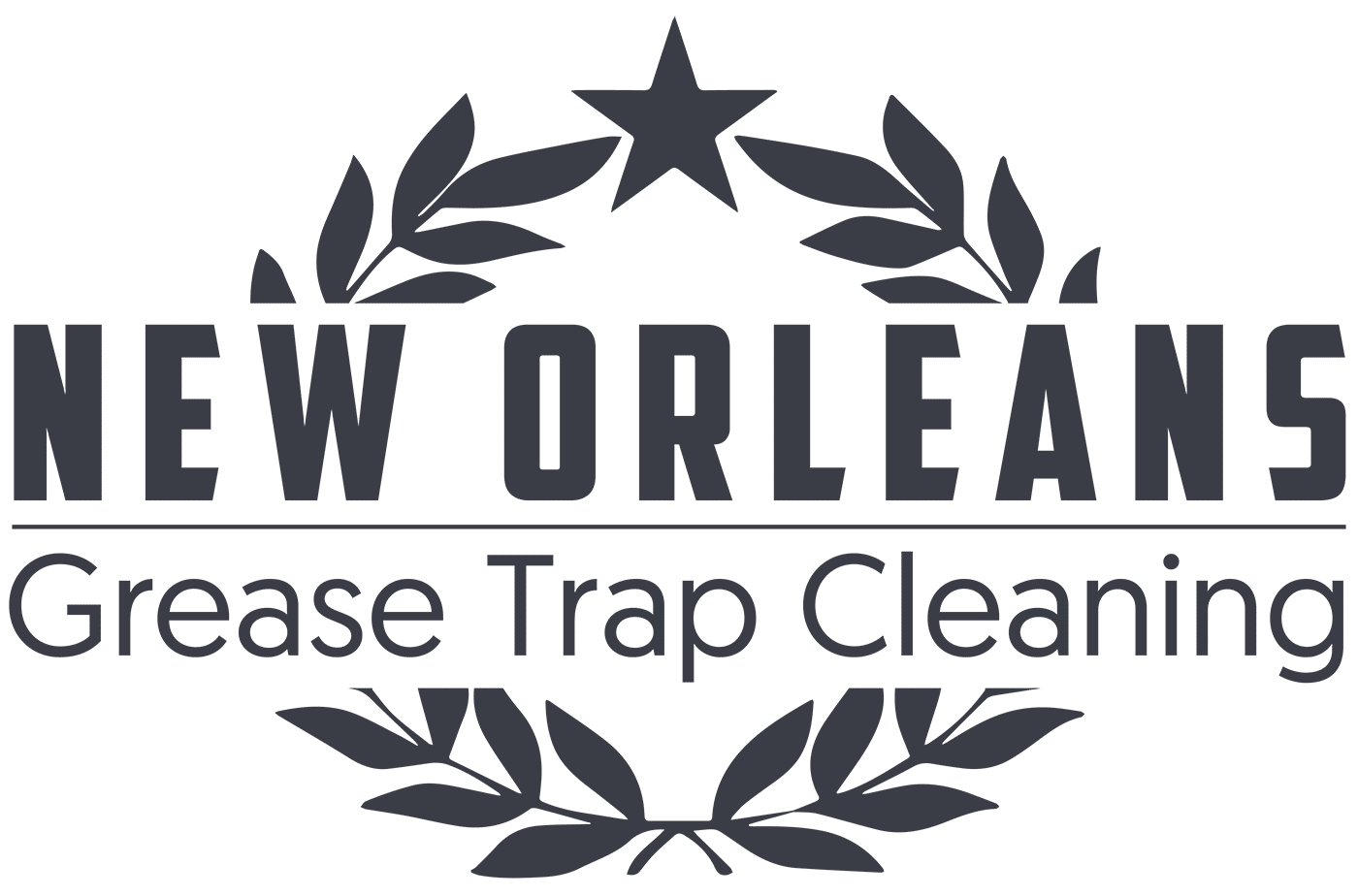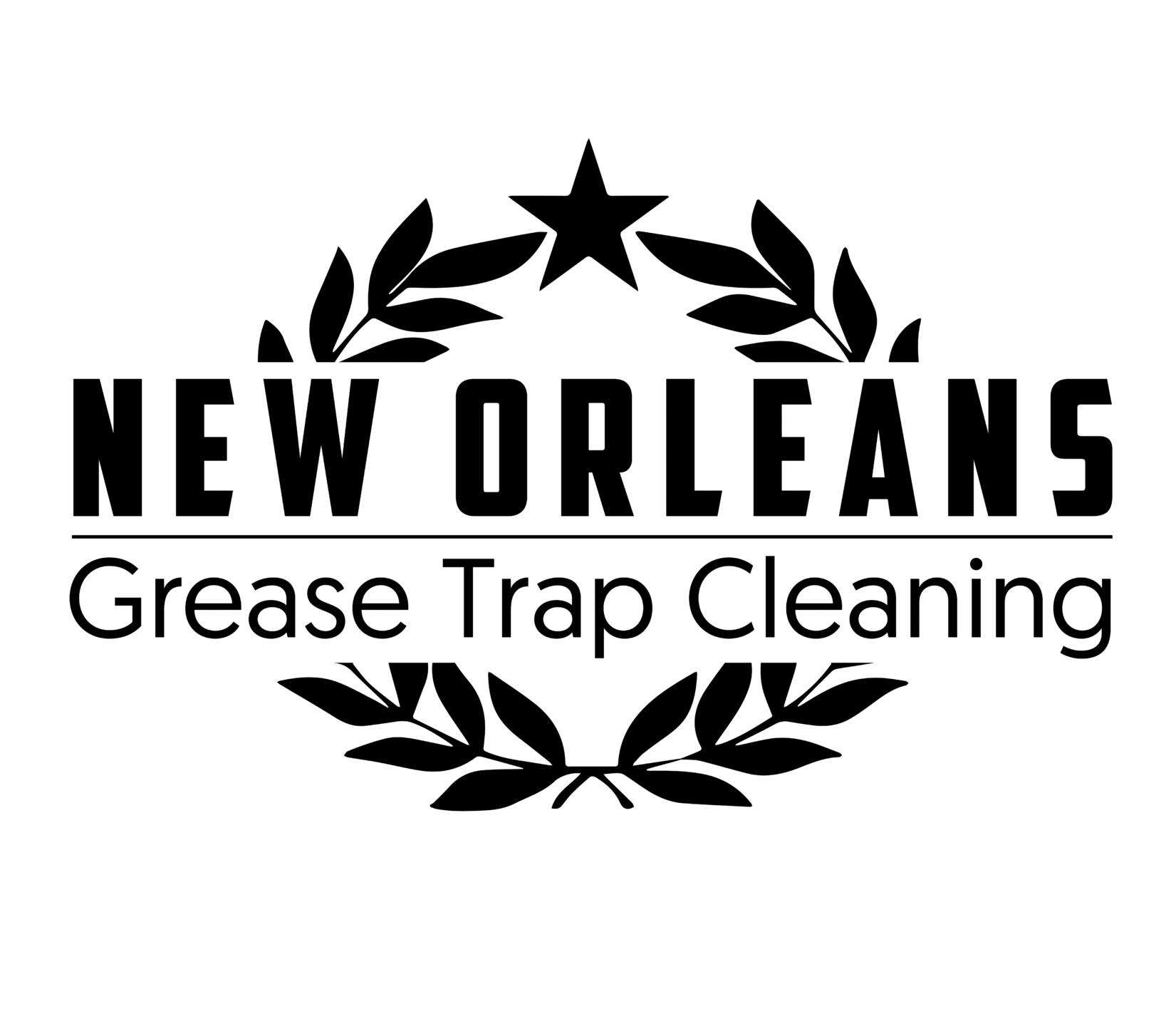If you want to clean a grease trap or grease interceptor properly, or have a unit that needs to be serviced in the correct manner, then you’ll need the right equipment and necessary tools to complete the job.
What Equipment is Needed to Clean a Grease Trap or Grease Interceptor Properly?
As with any technical application, there are necessary and critical tools needed to properly service a commercial grease trap or grease interceptor. These items are listed below.
A Liquid Core Sampler
The first tool needed, before a grease trap or grease interceptor can be serviced, is a liquid core sampler commonly referred to as a “sludge judge”. A liquid core sampler is used to test fats, oils, grease, food solids, and water contents within a grease trap or grease interceptor. There are many different types of liquid core samplers , but we generally used the TRUCORE Sludge Sampler from Sim/Tech Filter.
FUN FACT: Here in New Orleans, per FOG Ordinance 16.5 mandated by the Sewerage & Water Board of New Orleans, every grease trap being serviced must be tested at the time of each service and not exceed 25% FOG at any time.
Vacuum Pump Truck and/or Remote Dolly Pumper
The second and most important tool needed to clean and properly service a grease trap is a vacuum pump truck and/or remote dolly pumper. A vacuum pump truck is the tool by with you utilize to pump and remove the fats, oils, grease waste, food solids, and water within grease traps. Vacuum pump trucks vary in size and build, and generally have a large vacuum tank and heavy duty vacuum pump. Hoses are connected to the truck itself, then stretched out to the grease trap or grease interceptor in need of service.
Sometimes grease traps and grease interceptors are located in remote or distant locations that do not allow grease trap waste removal directly via a vacuum pump truck. In this situation a dolly pumper or remote liquid waste vacuum pumper must be utilized to properly clean the unit. In short, a grease trap cleaning service technician will need to make multiple trips between the grease trap being serviced and the vacuum pump truck with the remote dolly pumper. Given dolly pumpers are normally 55 gallons max capacity, the service technician will need to pump the remote dolly pumper full and then use the vacuum pump truck to empty the remote unit. These steps will be repeated until the grease trap being serviced is empty of all FOGs (fats, oils, grease, and food solids).
A Scraper Tool
Every grease trap cleaning service technician needs a good scraper tool to utilize in the proper cleaning of a grease trap or grease interceptor. A scraper tool is used to scrape the grease and FOG build-up off the walls of a unit at the time of service. A grease trap cleaning scraper tool is a multi-purpose tool often used as an ice scraper, and can be purchased at any local home improvement store.
Water Hose and/or Wash Down
When all waste has been pumped from a grease trap or grease interceptor and the walls have been scraped, it’s good practice to also wash down the walls, baffles, and piping to insure a job well done. Often times the grease build-up within a grease trap is so dense that you’ll need a water hose or wash down pump just to properly clean and service the unit.
Other Miscellaneous Tools Needed to Properly Service a Grease Trap or Grease Interceptor
Some other items every grease trap cleaning service technician will need to properly clean and service a grease trap or grease interceptor consist of: pry bars, a battery powered screwdriver, plumbing pliers, and a 24″ plumbing pipe wrench.



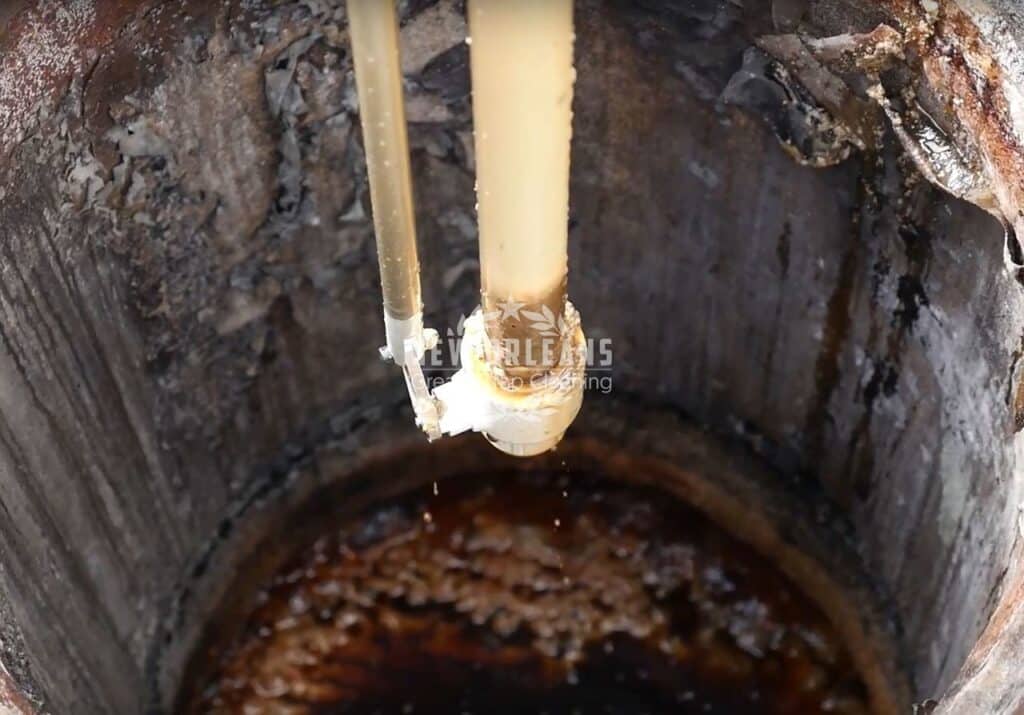
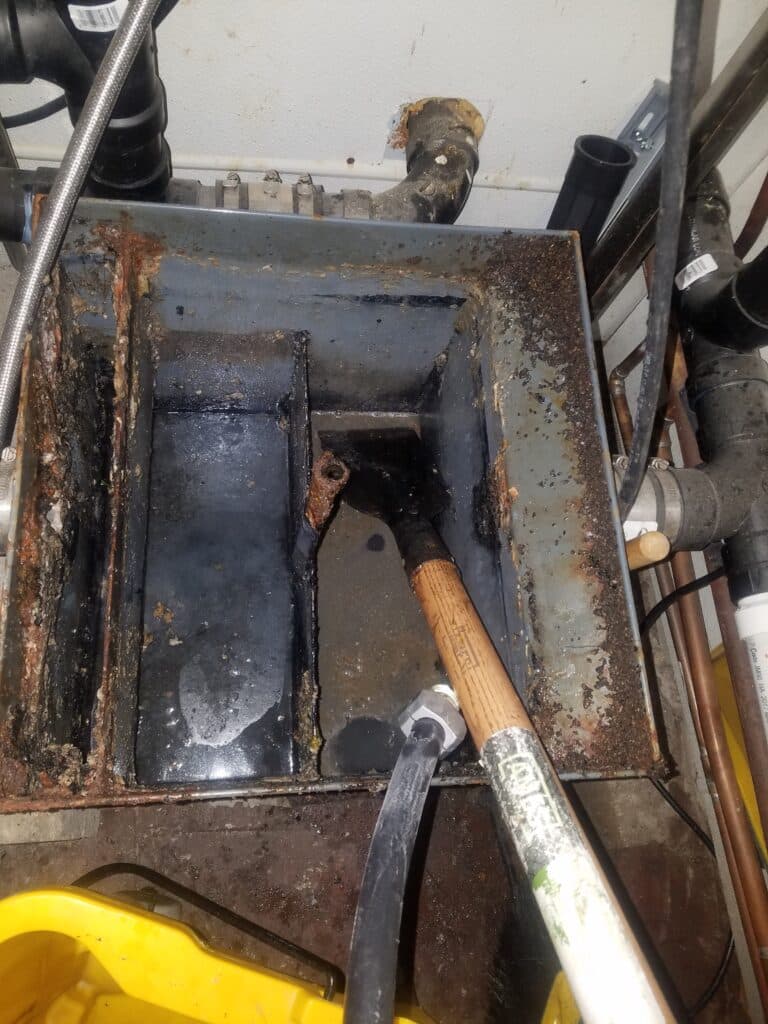
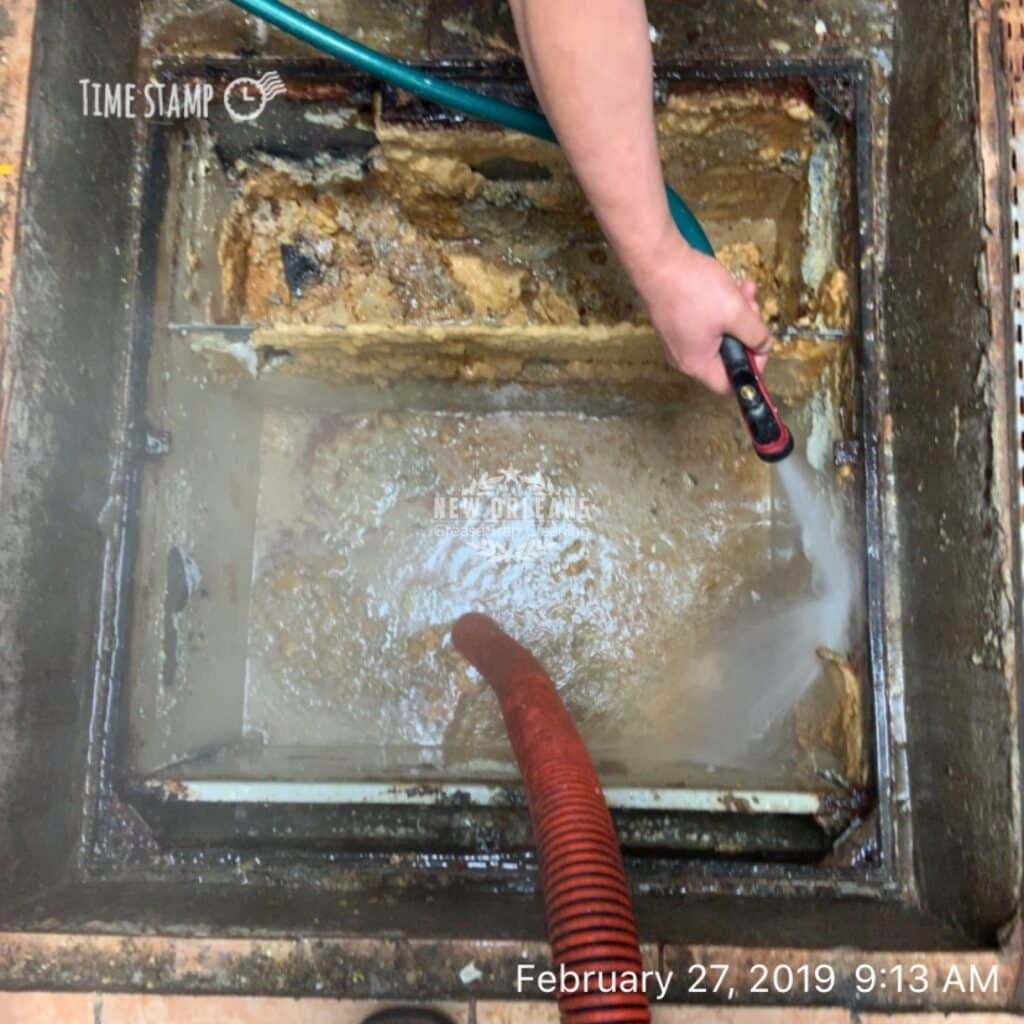
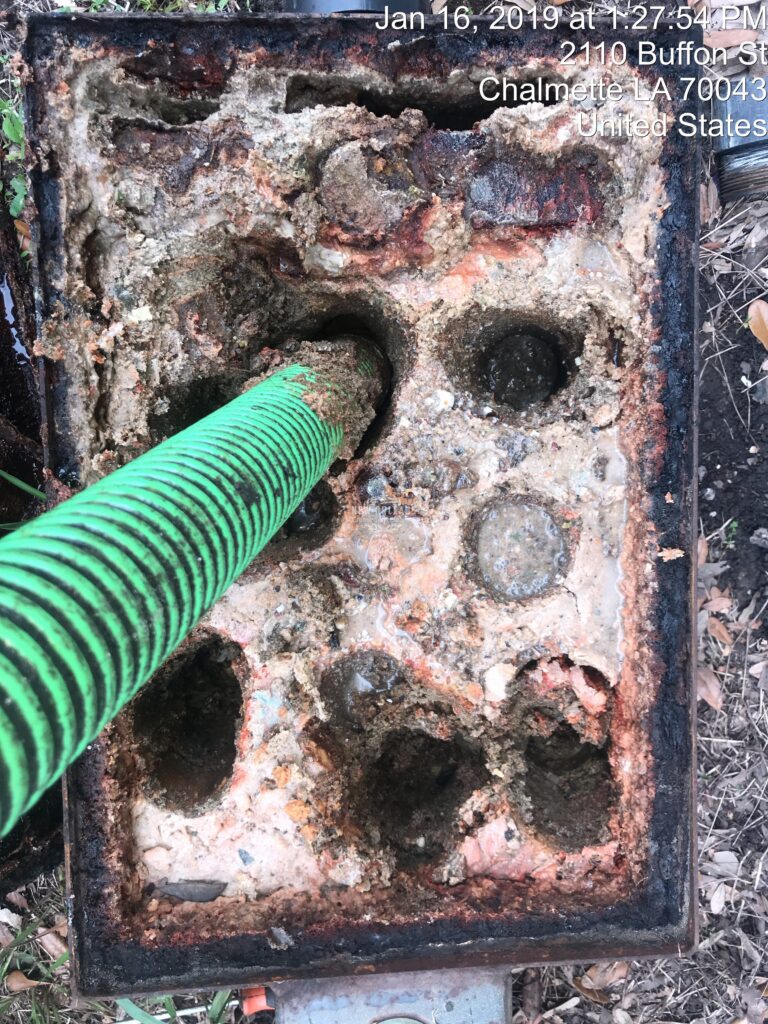
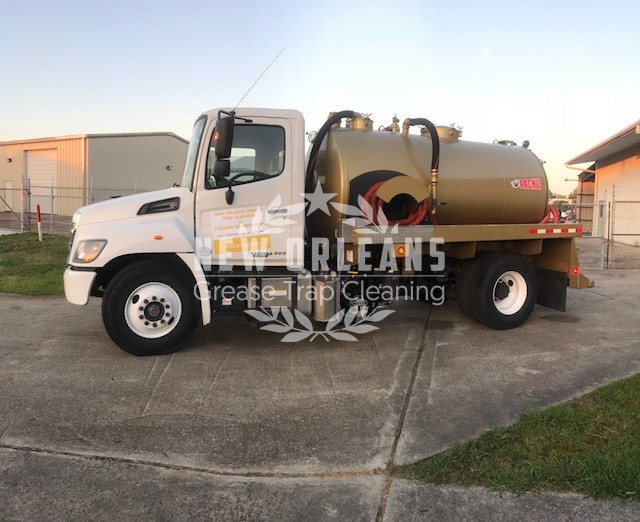
Got more questions about the tools necessary to clean a grease trap or grease interceptor, or simply need to schedule a cleaning for your unit?
New Orleans Grease Trap Cleaning and Cooking Oil Recycling
3436 Magazine St. #220
New Orleans, LA 70115
United States (US)
Phone: (504)919-6699
Email: mike@neworleansgreasetrapcleaning.com
Price range: $125-$525
New Orleans Grease Trap Cleaning and Cooking Oil Recycling offers fairly priced grease trap and in-kitchen grease interceptor cleaning and used cooking oil recycling services to customers throughout Southeast Louisiana including New Orleans, Metairie, Kenner, the West Bank, the North Shore, LaPlace, Hammond, Raceland, Thibodaux, and Houma.
